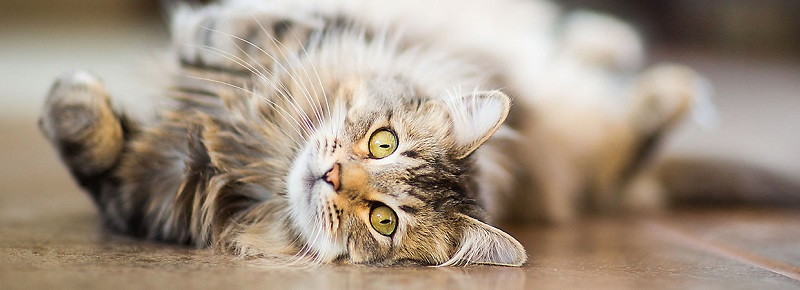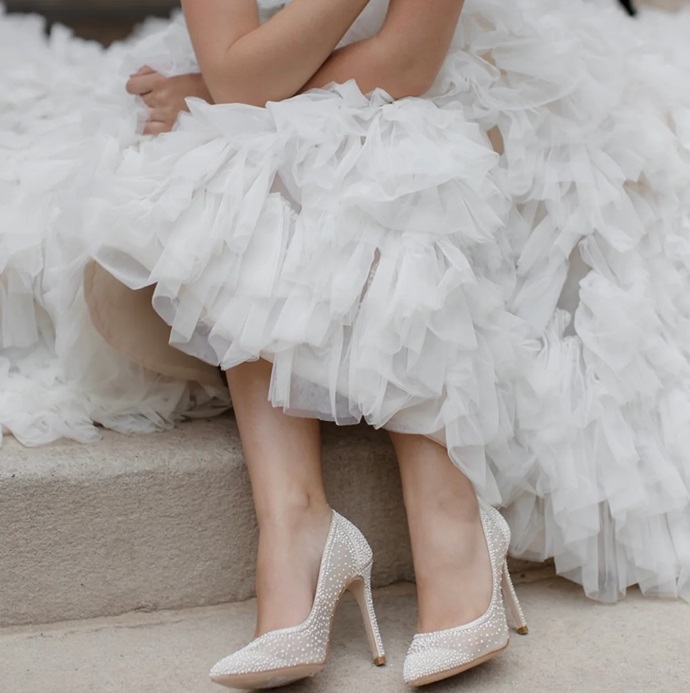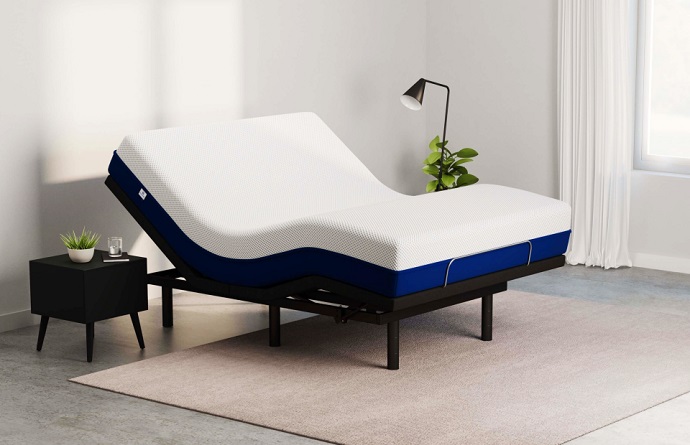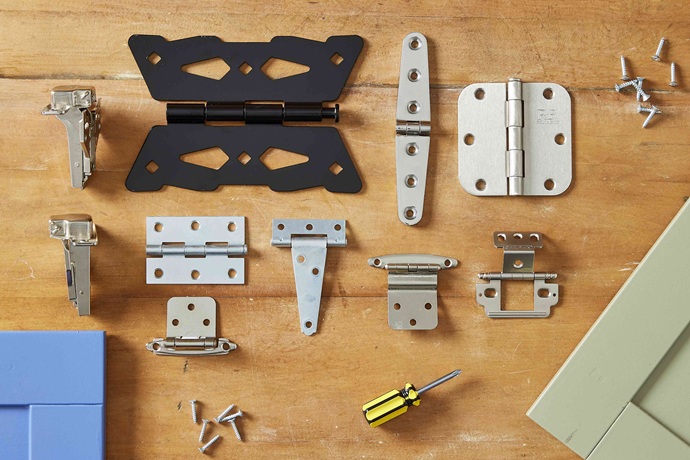Although fleas may be a nuisance for you, they can seriously harm the skin of your feline friend. I know you probably take great care of your cat – you bathe and groom it and practically treat it as another member of your family, but sometimes that’s not enough to protect it from insects. Fleas are the most common insects that affect cats and lead to skin problems and constant scratching is one of the most obvious signs that your cat is affected. In case you spot red, sore areas on its skin, that may be a sign that your cat has developed an allergy so you need to treat it as soon as possible.
Regular grooming is necessary, but keep in mind that it won’t prevent parasites. Instead, it will help you check your cat’s fur for any unwanted visitors and signs so you can choose the right cat flea treatment. The first thing to do if you note that your cat might be having fleas is to make an appointment with your vet and inform yourself about the suitable treatments. Some prescribed products may be more effective than off-the-shelf products, so in case you decide to go with the second option, make sure to consult with your vet first.

Spot-ons – These are one of the most popular and most effective cat flea treatment products. They come in small bottles in a liquid form and are usually applied to the back of the cat’s neck. They help to kill fleas and in some cases to stop the development of new eggs. There is a wide range of brands that produce spot-on products so do your homework on the matter before you choose one for your cat.
Powders – Powders are considered a more old-fashion treatment. The powder needs to be applied right on the cat’s coat for the best effect. However, it may cause some health issue in case the cat swallows or inhales the product, which makes powders a messy and a bit unsafe choice.
Collars – Flea collars are another option but they are not very effective. They treat only the area around the neck and, in some cases, they can cause skin irritation or hair loss. Fortunately, today there are more advanced models of collars which are much kinder and affect the entire body rather than just the neck area.
Sprays – In the earlier days, sprays were a very popular choice, but today they are less used thanks to the invention of the spot-on products. Although spot-ons are more effective, they are not allowed to be used on young kittens, which is where sprays come in helpful. They contain an ingredient known as “fipronil” which is safe to use in small cats.
Tablets and liquids that can be used orally are another way to treat fleas. Injections are a great way to prevent the development of eggs but you will probably be recommended to use them along with some topical treatment. Once you decide what treatment you will use for your cat, make sure to treat your house as well.





















